April is typically a time in the year that can symbolize new beginnings or hope for the future. This month also happens to represent Sexual Assault Awareness Month (SAAM), which poses an opportunity for survivors to share their testimonies with greater recognition.
Before progressing, it’s beneficial to understand what constitutes sexual assault and how it impacts one on a more personal level. According to the American Psychological Association (APA), “Sexual assault involves unwanted sexual activity, with perpetrators often using force, making threats, or taking advantage of victims not being able to give consent. Immediate reactions to sexual assault may include shock, fear, or disbelief. Long-term symptoms may include anxiety, fear, or posttraumatic stress disorder” (n.d., p. 1). This definition puts it into the perspective of how traumatic such an experience of being violated in this manner can be for one.
It’s common for survivors to experience an increased risk of depression, anxiety, Post-traumatic stress disorder (PTSD), eating disorders, and substance abuse disorders. For example, survivors may experience feelings of uneasiness or dread. Such feelings can happen weeks or months after one is assaulted, which can also lead to some developing a fear response or triggers reminding them of what has occurred (Charlie Health Editorial Team, 2022, pp. 5-6). Concerning depression, it’s been found from one study that almost 19 percent of male sexual assault survivors were diagnosed with depression (Choudhary et al., 2012, as cited in Charlie Health Editorial Team, 2022, p. 6). Meanwhile, it’s been found that nearly 81 percent of sexual assault survivors experience PTSD symptoms about one week after the assault (Dworkin et al., 2021, as cited in Charlie Health Editorial Team, 2022, p. 6). Such insight sheds light on how sexual assault can deeply affect one as one comes to terms with what has happened to them. Sexual assault isn’t something to take lightly when noting the potential mental health challenges survivors can experience.

Consequently, there should be mention of how some survivors of sexual assault don’t always feel comfortable enough to share their testimonies on their terms. For example, a survivor may have learned that coming out as a survivor of abuse of this nature can result in stigmatization or victim-blaming. Many do not speak up due to understanding this from the broader societal context learned from media representations, dominant narratives, or stereotypes (Kennedy & Prock, 2016, p. 513). This lack of encouragement to speak on one’s terms can greatly impact a survivor’s confidence and trust that what they say will be validated.
This focus on stigma is crucial to emphasize when understanding how it can greatly influence survivors not feeling inclined or welcomed to share their testimony. There needs to be a more apparent shift in society to break the stigma associated with coming out as a survivor of sexual assault. This isn’t to say that there hasn’t been any progress made over time, but more can be done when seeking to provide greater awareness. In the past, there have been means of awareness in various events designed to create spaces with room to strengthen networks and community response. Events of this nature can build community, a key part of future program planning and resource allocation (Ray et al., 2013, as cited in Papanek et al., 2025, p. 14).

With this in mind, further emphasis on community-building can pose greater potential when breaking the stigma associated with coming out as a survivor. It takes a collaborative effort to support survivors while listening with an open mind. There can be an opportunity for further dialogue or open communication to dispel false narratives or stereotypes and increase awareness. The ability to shift the narrative to allow survivors opportunities to share their experiences or testimonies can be impactful if society progresses to make this connection.
On that note, let’s continue to work towards breaking the stigma associated with sexual assault to allow further growth. This means of action can come in the form of community engagement, as mentioned, and a trauma-informed approach, for example. Such an approach can equip one with language to aid in normalizing conversations concerning violence as a way to shift the culture, especially on college campuses, that sexual assault can be deemed normal or acceptable. The act of having trauma-informed practices or approaches can publicize resources for survivors to feel more comfortable reporting sexual assault. Also, there is potential to have a safe space to feel empowered to challenge social norms such as hypermasculinity or homophobia, which can perpetuate sexual violence (McCauley et al., 2013, as cited in McCauley & Casler, 2015, p. 585).
There’s much to be done for further progress when breaking the stigma associated with sexual assault. However, the progress made thus far is encouraging, especially when taking note of various resources or means of awareness present each April. This means of progress continues to grow as society takes steps to become a better supporter and advocate for sexual assault survivors.
~Lauren Montoya

Lauren Montoya is a southern California native with a background in sociology and liberal studies. She is pursuing her licensure as a mental health clinician. Lauren is passionate about animal welfare, mental health, and the arts.
References
American Psychological Association. (n.d.). Sexual assault and harassment.

